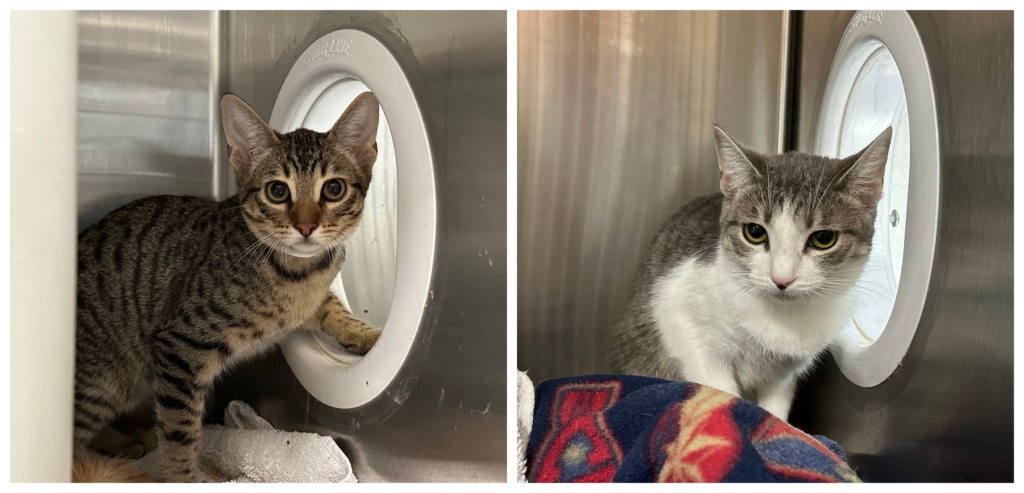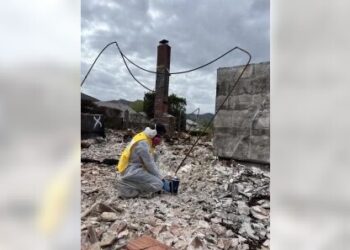Hoarding cases are some of the most challenging situations we encounter at Pasadena Humane.
Imagine entering a home with an overpowering smell of ammonia and seeing urine, feces and moldy pet food cans covering the floor.
Then, imagine discovering dozens of suffering animals, with an owner who has no insight into the danger of the situation for the animals or themselves.
Animal hoarding is animal cruelty, but it is also a mental-health disorder. That’s what makes it so complex to address.
The two most common forms of hoarding we deal with are: overwhelmed caregivers who start with a handful of unaltered pets that multiply, or “rescuers” who want to “save” animals and actively attempt to acquire more.
Many people who hoard animals are strongly attached and believe they are helping the animals, despite evidence to the contrary.
A few weeks ago, our team rescued 38 cats living in a small trailer. As you can imagine, the conditions inside were cramped and highly unsanitary.
Most adult cats were healthy, but many of the kittens were sick and emaciated. One kitten tested positive for a highly contagious and often deadly virus, necessitating a quarantine for the entire group once they reached the shelter.
I’m happy to report that most of the cats are now recovered and ready to find loving homes, although sadly, two kittens did not survive.
Unfortunately, more animals are at risk. Our team is actively working on multiple other suspected hoarding cases.
The most up-to-date Diagnostic and Statistical Manual of Mental Disorders defines animal hoarding as the accumulation of a large number of animals and a failure to provide minimal standards of nutrition, sanitation and veterinary care and to act on the deteriorating condition of the animals (including disease, starvation or death) and the environment (e.g., severe overcrowding, extremely unsanitary conditions).
Research indicates that people who hoard are most commonly women over the age of 60….
Read the full article here







